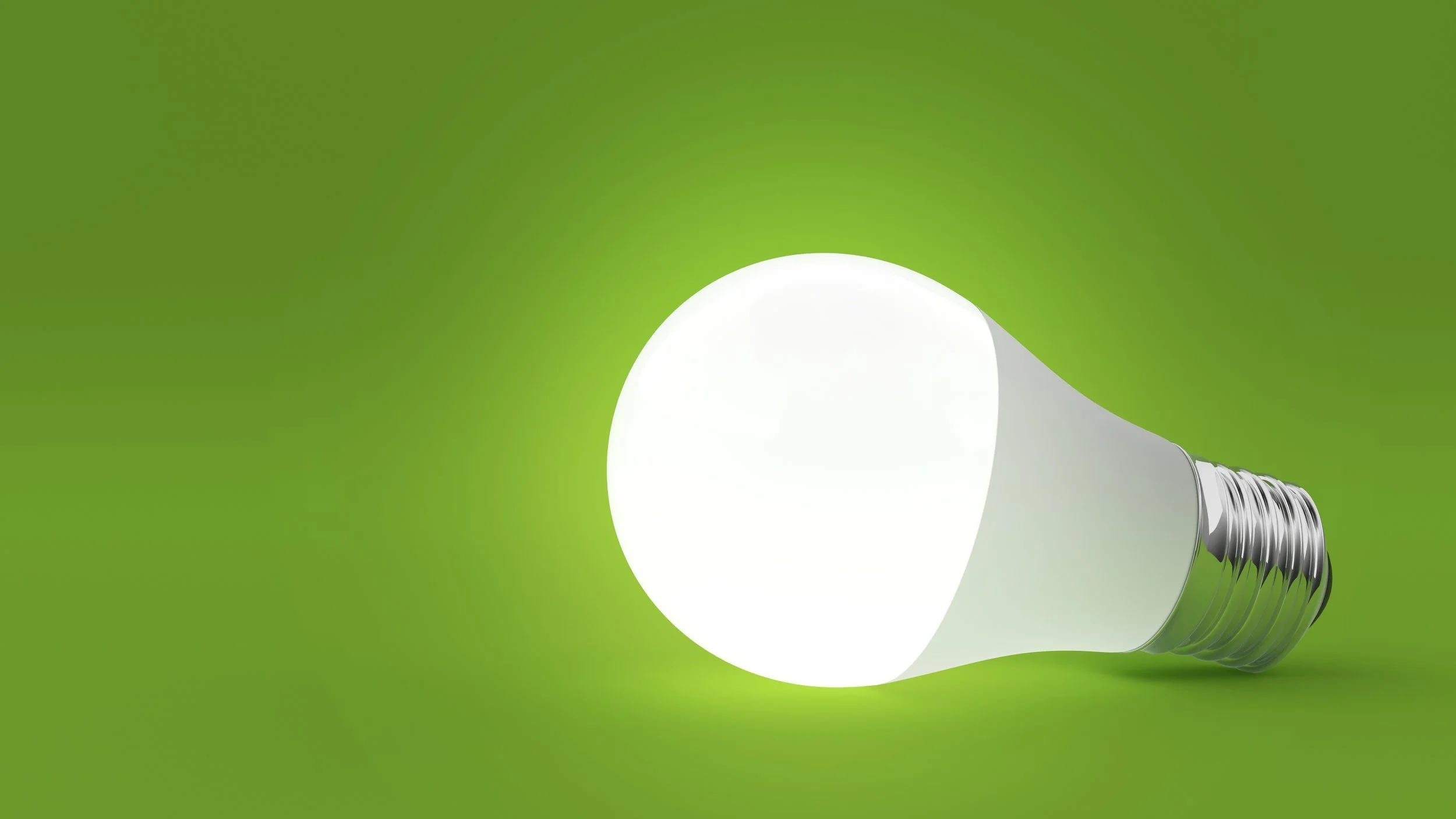WHAT’S A UTILITY REBATE PROGRAM?
Utility rebate programs are the closest thing to a public fund to help people “go green.” But they have a PR problem; many people don’t know about them at all!
Due to the infrastructure required to distribute gas and electricity, utilities are “natural monopolies.” Because multiple distribution networks are not feasible, it makes a lot of sense for utilities to exist as a monopoly. As a trade-off, they are heavily regulated by the government. In Michigan, this oversight goes all the way back to 1873.
In 2008, the Michigan legislature used its oversight to create the requirement for utility rebate programs. They are also called Energy Waste Reduction (EWR) or energy efficiency programs, just to keep you on your toes. Specifically, the legislature “authorized [the creation of] energy efficiency programs, [and] required electric utilities to meet a 10 percent renewable portfolio standard” (source). So these rebate programs encourage customers to save energy, and those savings are considered an energy resource (how cool is that?! — simply not wasting energy is considered an energy resource!)
How does all this affect you? These programs are funded through a surcharge on your bill. The average residential customer pays around $2 per month to fund these Energy Waste Reduction (EWR) programs (source). This surcharge is not optional, but you can get your money back, and way more than that $2/month! All you have to do is this: participate in your utility’s rebate program.
Here’s an example of how this saves you money. Let’s say you order 25 brand-new 9-watt LEDs through the Free Lightbulb Program. At a cost of about $4/bulb, that’s $100 that you’ll save immediately, equal to more than 4 years of EWR surcharge payments.
But wait there’s more! The energy you’ll save is worth way more than just the value of the bulbs. The potential lifetime savings of this particular 9-watt LED – which puts out just as much light as a 60 watt incandescent – is $140 per bulb (source). That’s a total potential lifetime savings of $3,500 for those 25 bulbs (plus the original $100).
As you can see, this is a really great deal. In the words of the Michigan Public Service Commission, “The cheapest energy is the energy you don’t use. For every dollar spent on energy efficiency programs, customers will save around $4 in avoided energy costs. Since 2009, Michigan’s utility providers have helped customers save almost $6 billion in electric costs and close to $2 billion in natural gas costs” (source).
Read about How This Works.

